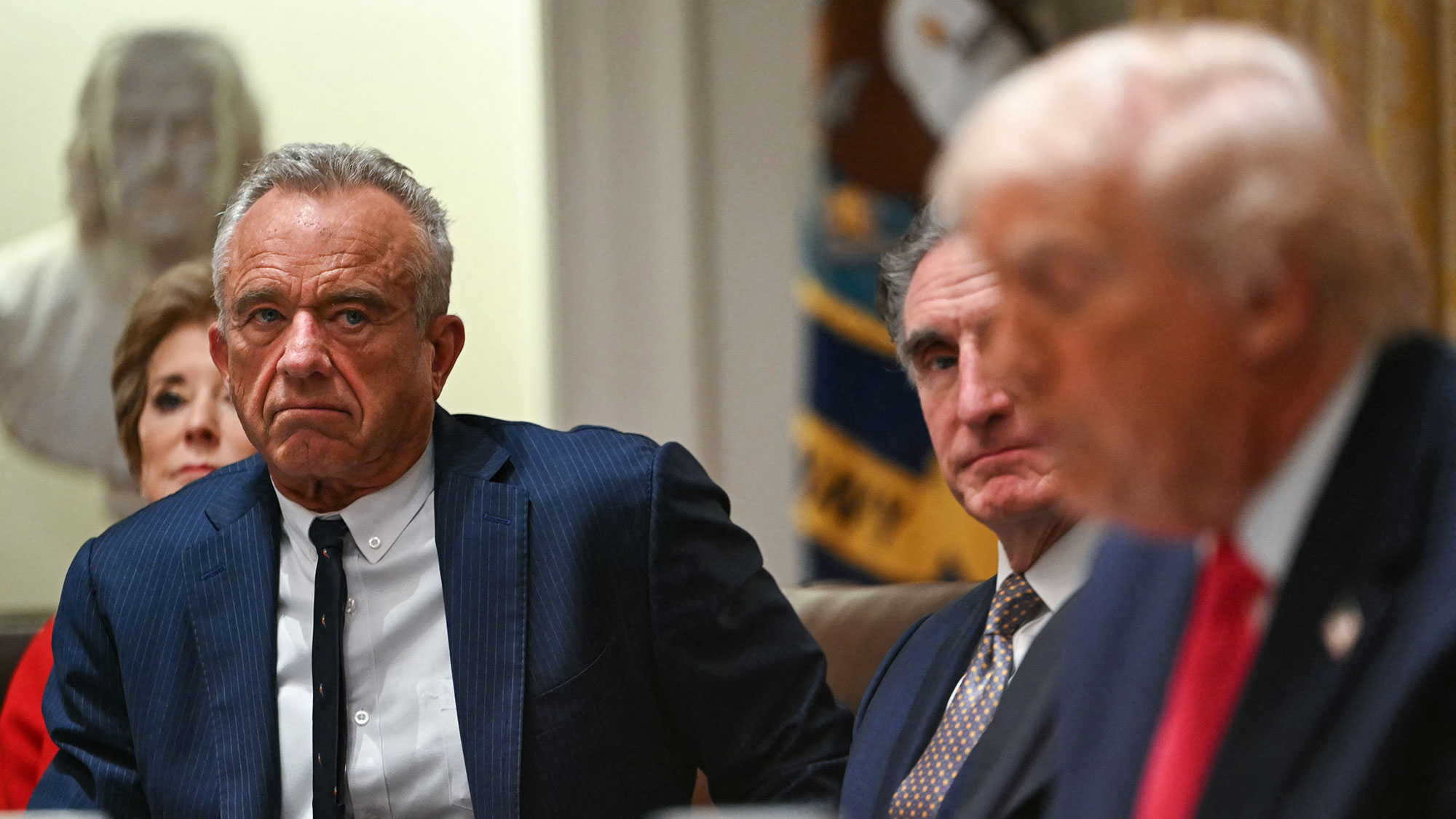Sensors, Vol. 25, Pages 3032: Reducing Upper-Limb Muscle Effort with Model-Based Gravity Compensation During Robot-Assisted Movement
Sensors doi: 10.3390/s25103032
Authors:
Leigang Zhang
Hongliu Yu
Desheng Li
Clinical research has demonstrated that stroke patients benefit from active participation during robot-assisted training. However, the weight of the arm impedes the execution of tasks and movements due to the functional disability. The purpose of this paper is to develop a gravity compensation strategy for an end-effector upper limb rehabilitation robot based on an arm dynamics model to reduce the arm’s muscle activation level. This control strategy enables real-time evaluation of arm gravity torques based on feedback from upper limb kinematic parameters. The performance of the proposed strategy in movement tracking is then compared to that of other types of weight compensation strategies. Experimental results demonstrate that compared to movements without compensation, the mean activation levels of arm muscles with the proposed strategy showed a significant reduction (p < 0.05), except for activation of the triceps. Furthermore, the proposed strategy provides superior performance in reducing the arm muscle’s effort compared to the position-varying weight compensation strategy. Therefore, with the proposed strategy, the end-effector rehabilitation robot might improve participation in robot-assisted rehabilitation training, as well as the usability and feasibility of the rehabilitation or assistive robot.
Source link
Leigang Zhang www.mdpi.com

